Yeah, ain’t it the truth?
My friend Aaron Nathan directed me to these walls on 16th Street where it crosses Ashland in Chicago’s Lower West Side Pilsen neighborhood. I appreciate the advice; I never would have found them on my own. Pilsen is home to many Mexican families, and you can see the Latin American influence in the Day of the Dead images, among others.
Not everyone here shares my enthusiasm for this unauthorized public art. One local politician calls graffiti “a cancer on the city” and “the second biggest problem that we have, after shootings.” That seems a bit hyperbolic, doesn’t it? Meanwhile, the mayor of Chicago wants to increase the fines for graffiti from $750 to between $1,500 and $2,500. I suppose that the hand-wringing over graffiti is directed more toward people who tag public property with gang symbols than it is toward muralists like the ones who create the images I’ve been posting. But the law makes no distinction between a gang tag and a work of art. It’s sometimes hard to tell the difference.
Under the “broken windows” theory of policing, graffiti can make people feel unsafe, which causes people to shy away from the places where they see it, and which in turn creates a situation where the bad guys rule the streets. Perhaps that’s true. I also understand that not all graffiti is as beautiful as the murals I’ve photographed. My point is only that when I saw these walls in Pilsen, I felt more safe. The street felt happy, joyous, loved, and like a real neighborhood. I would actually have felt a little apprehensive walking around the area if I only saw ugly blank decaying concrete and cinder block walls.

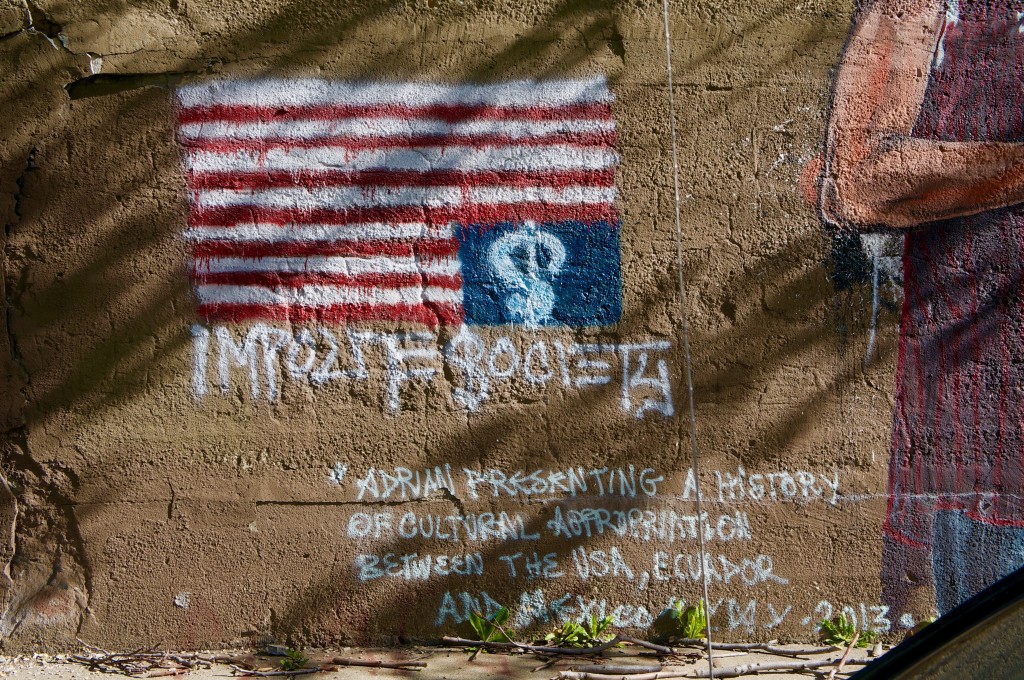
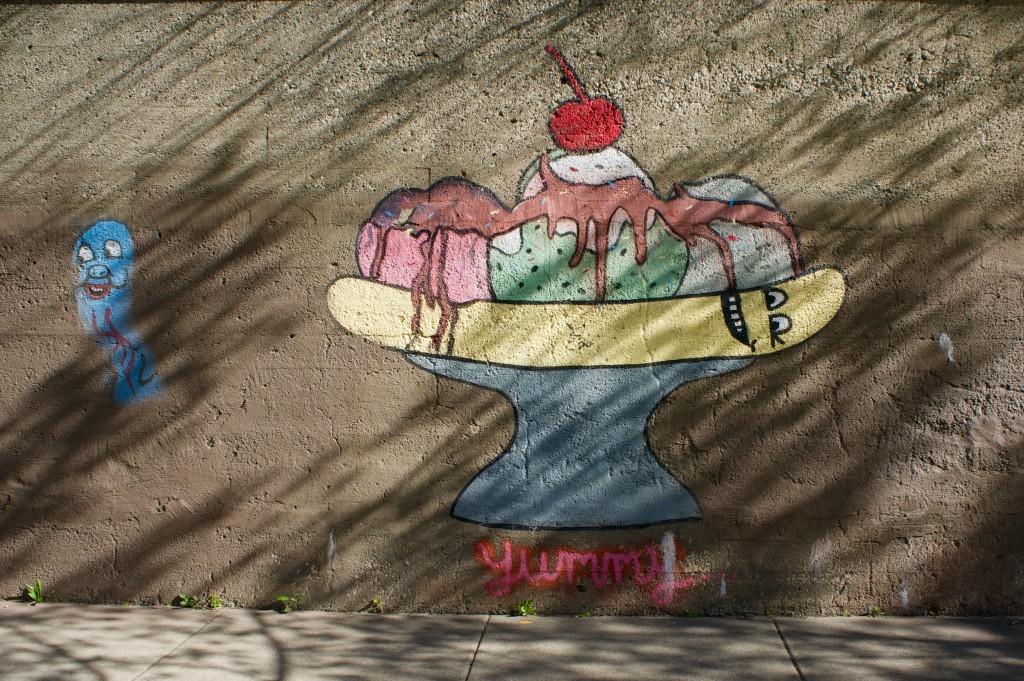
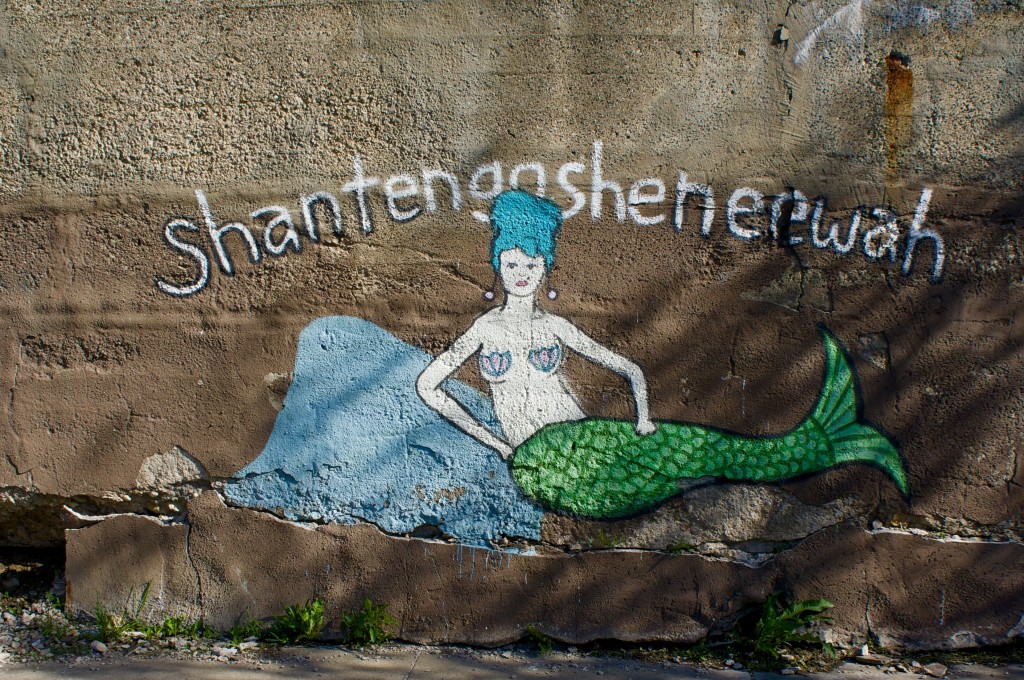
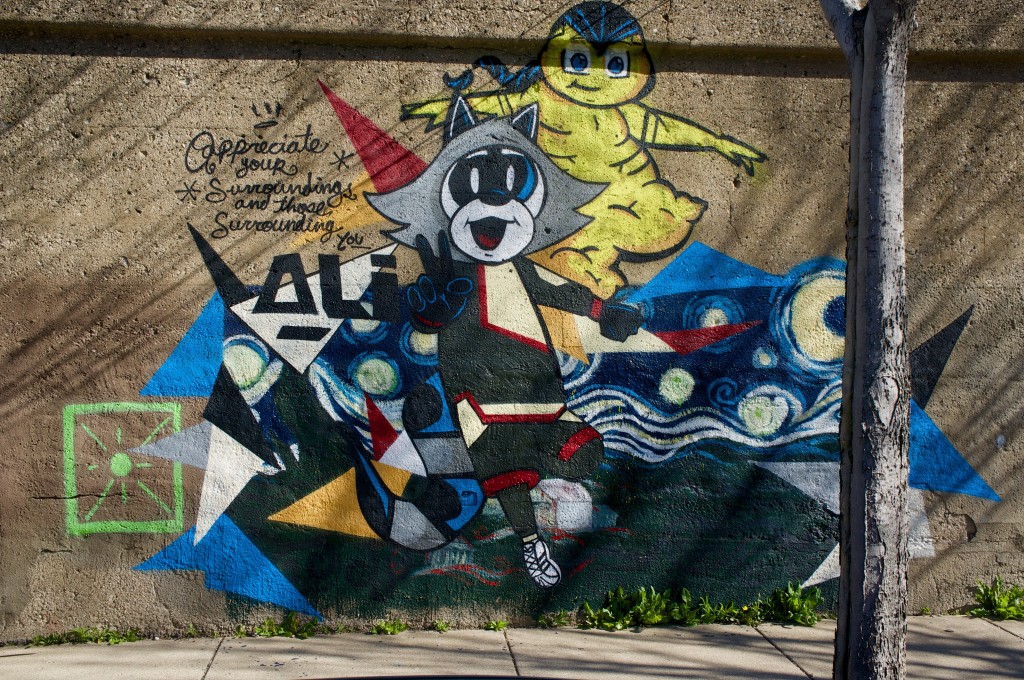

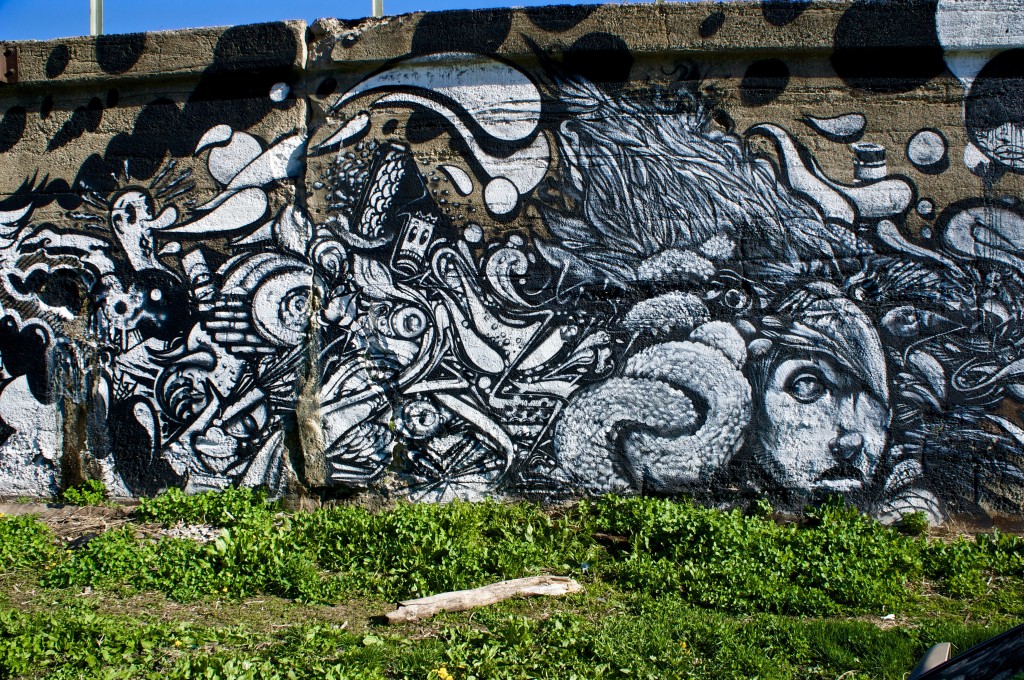
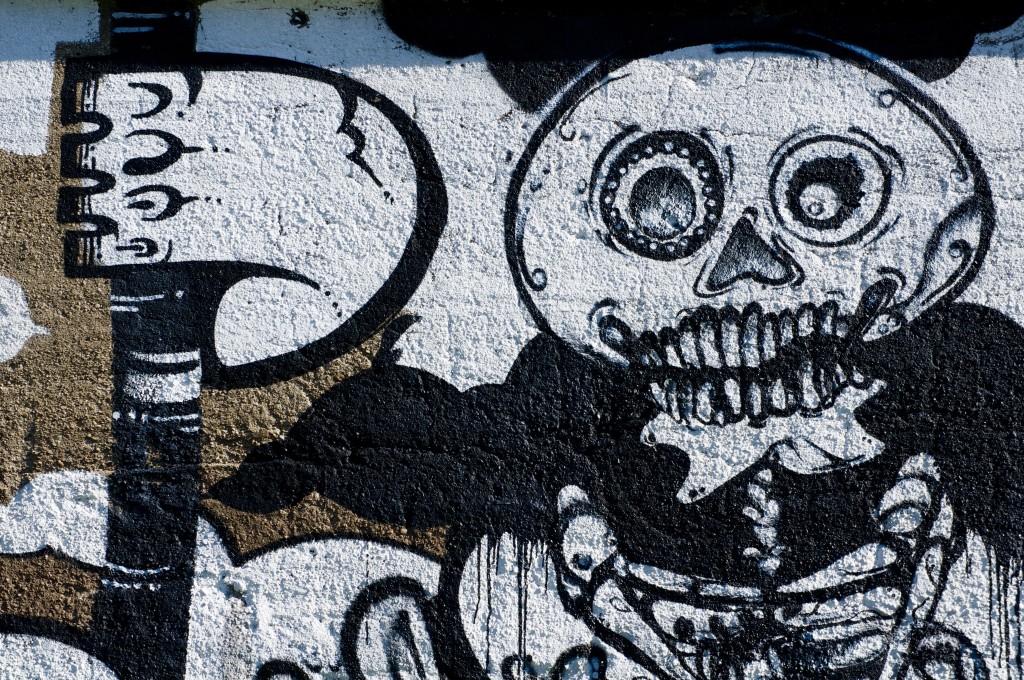

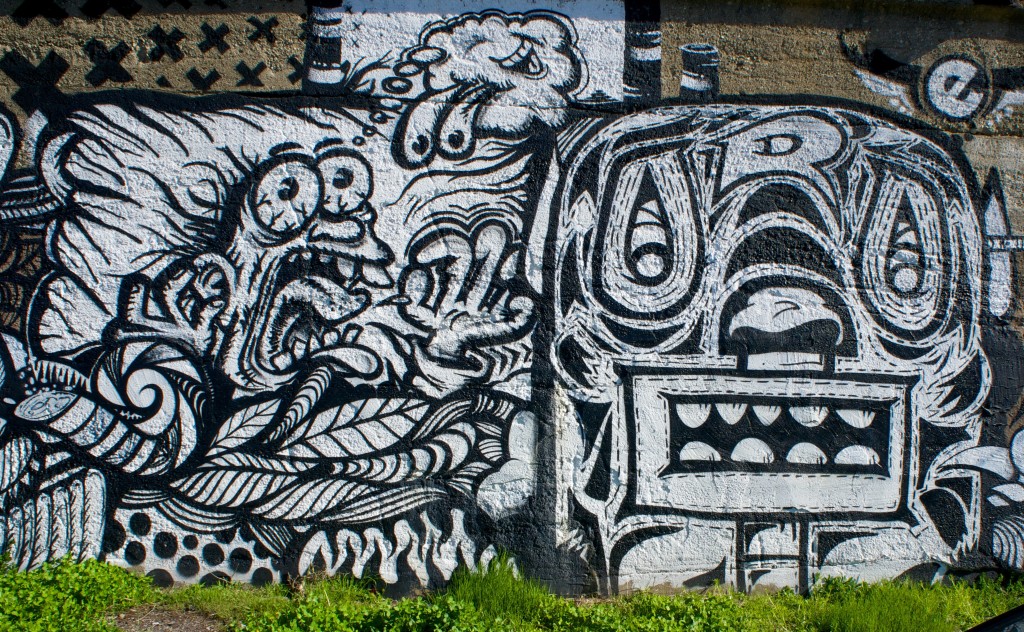
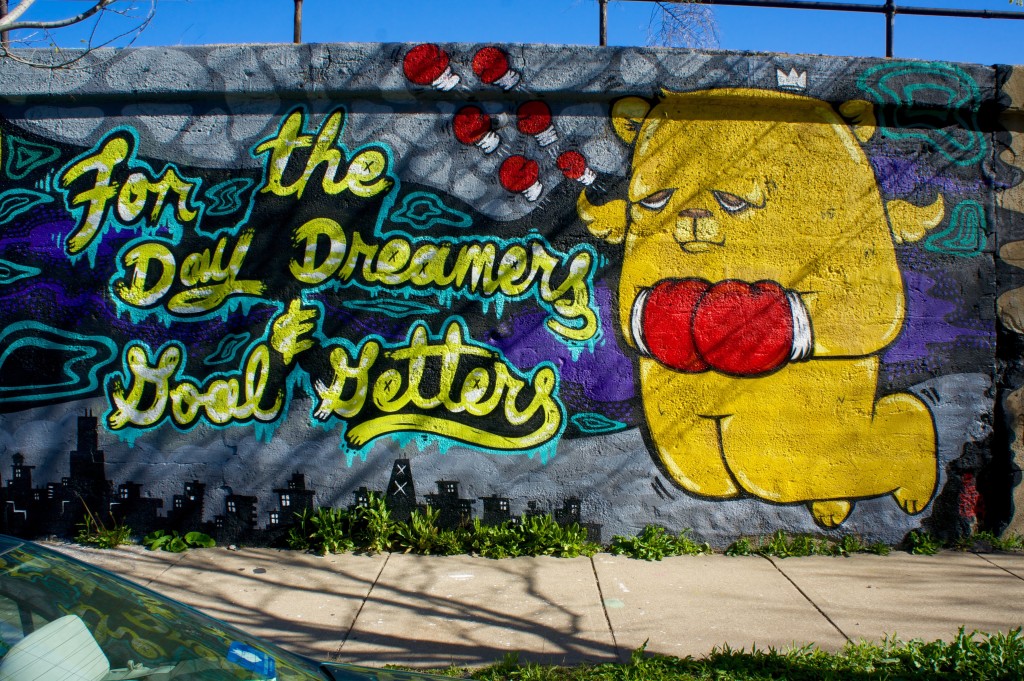
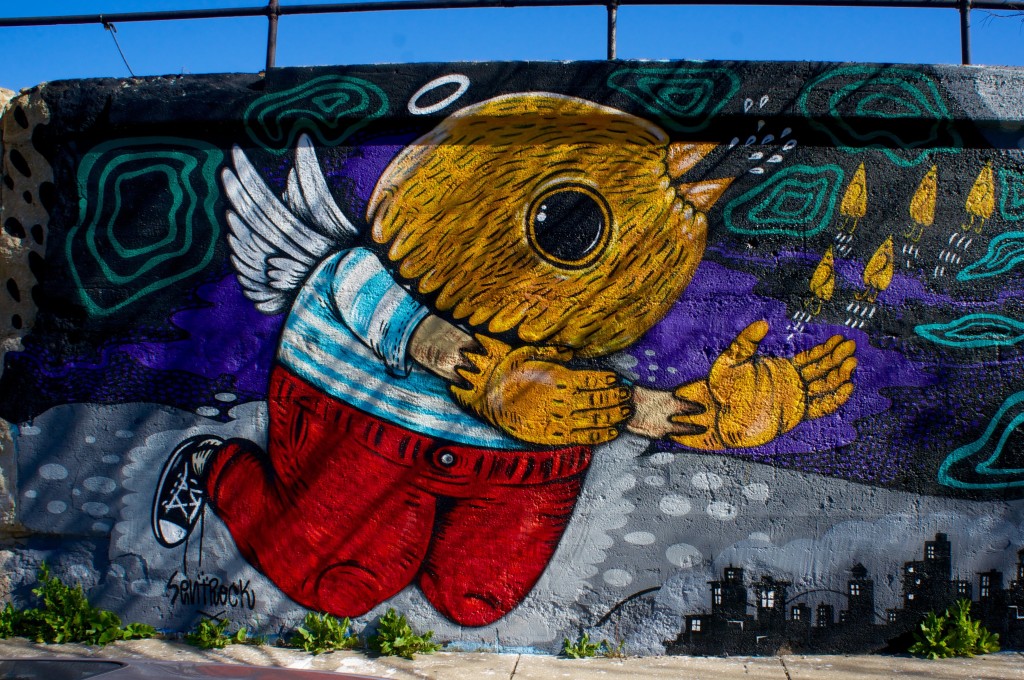
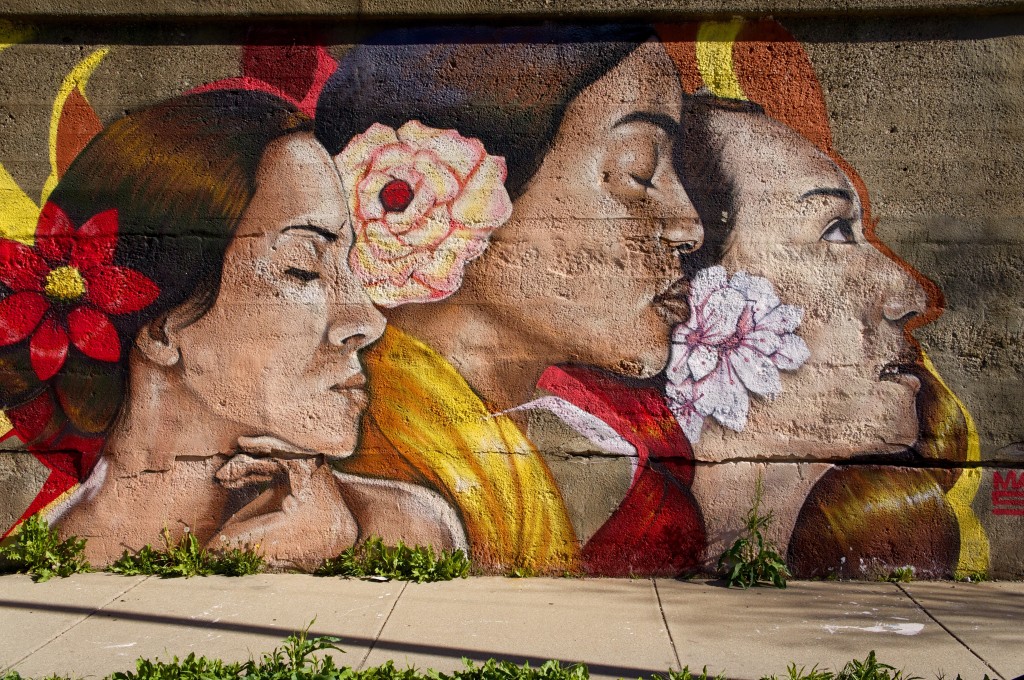
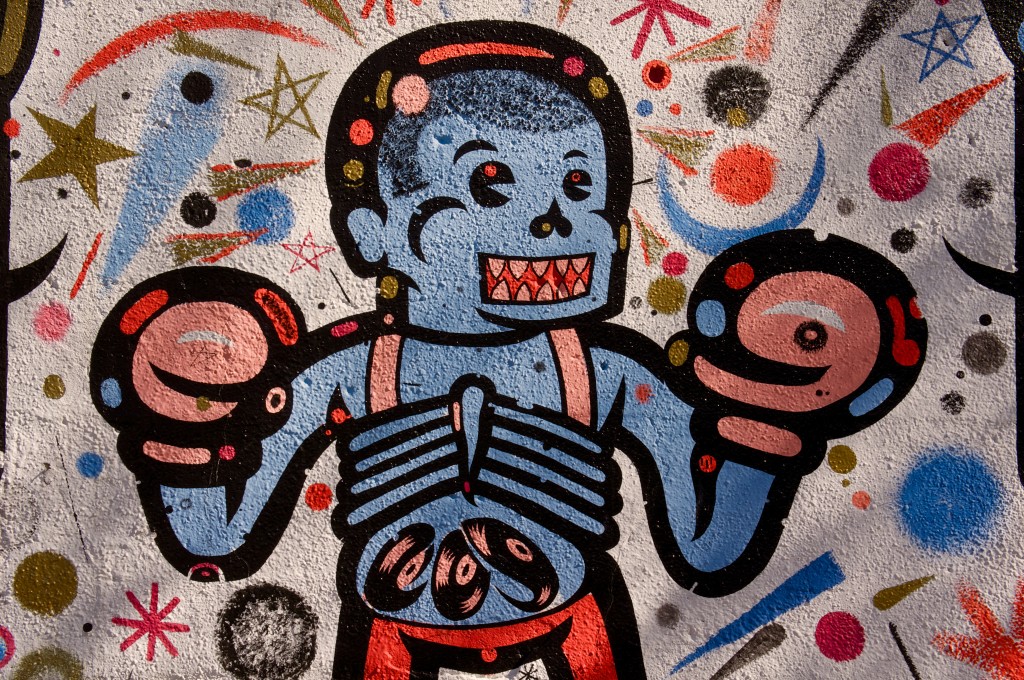



































Speak Your Mind